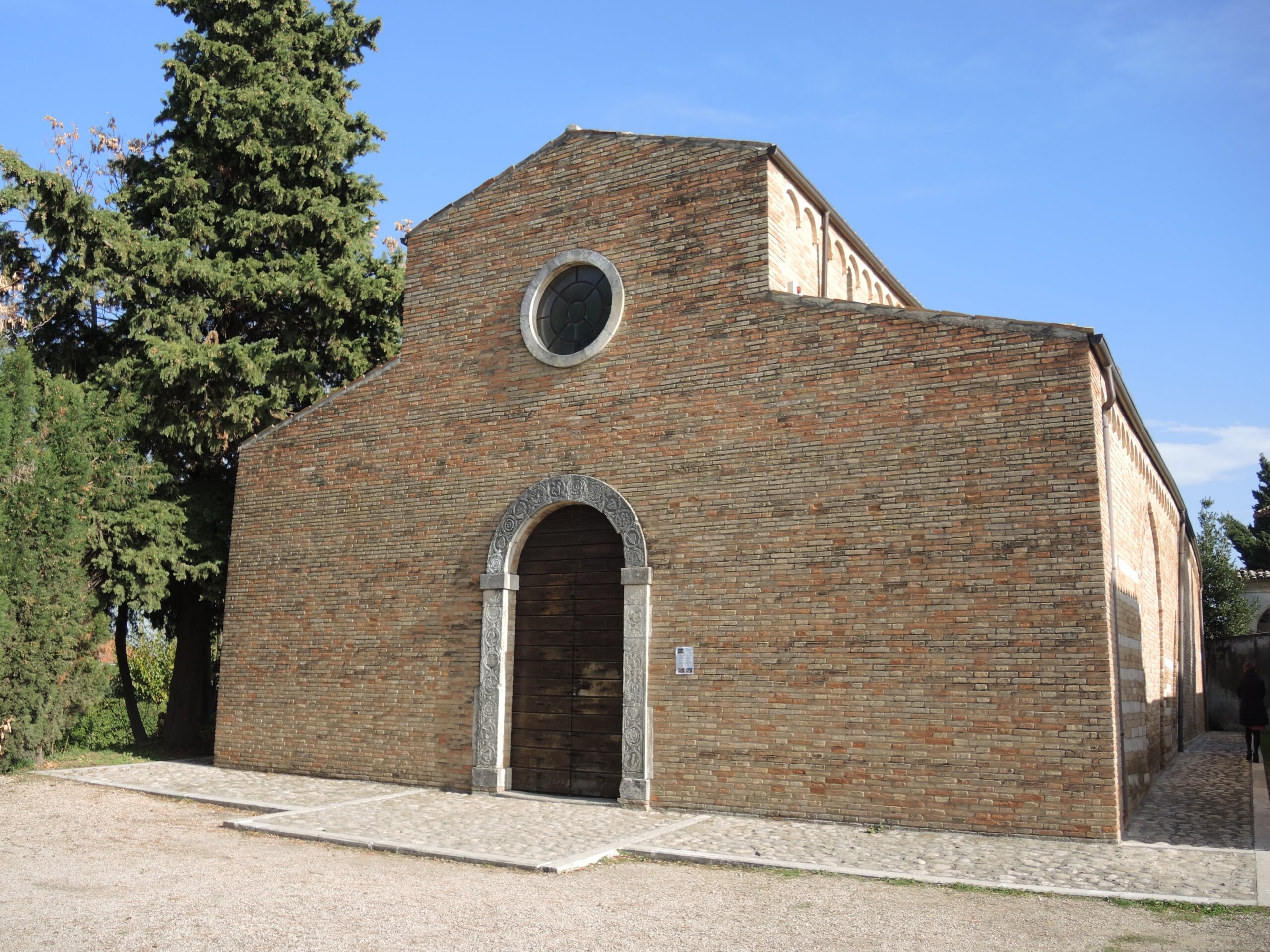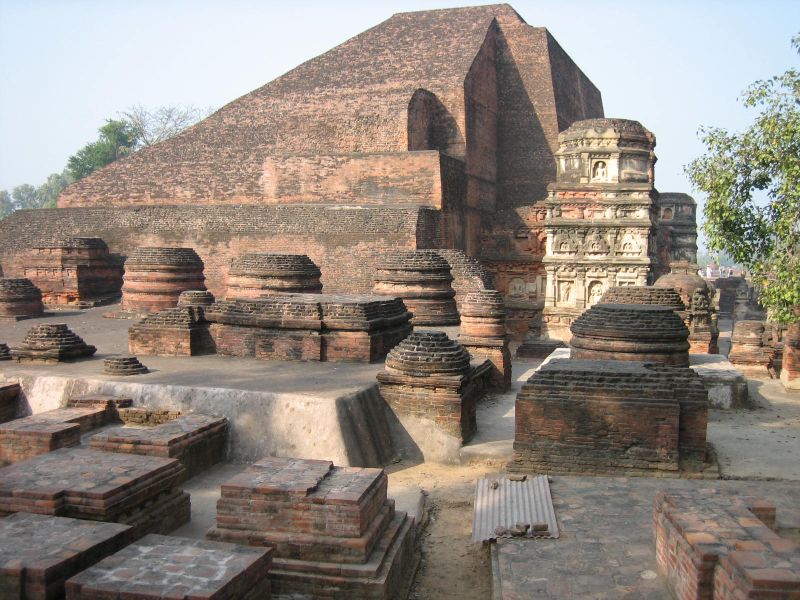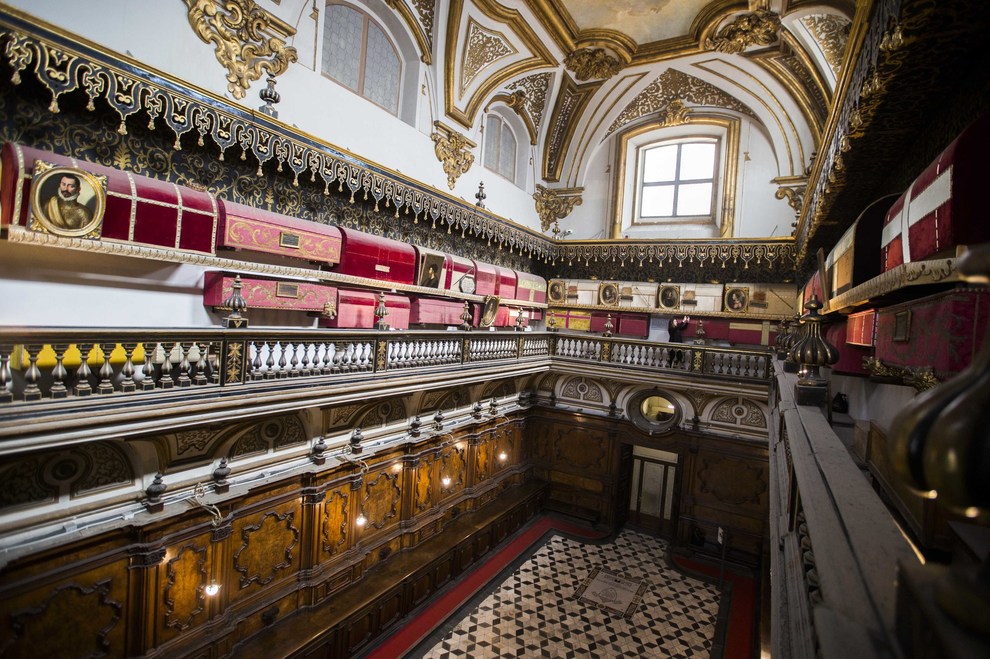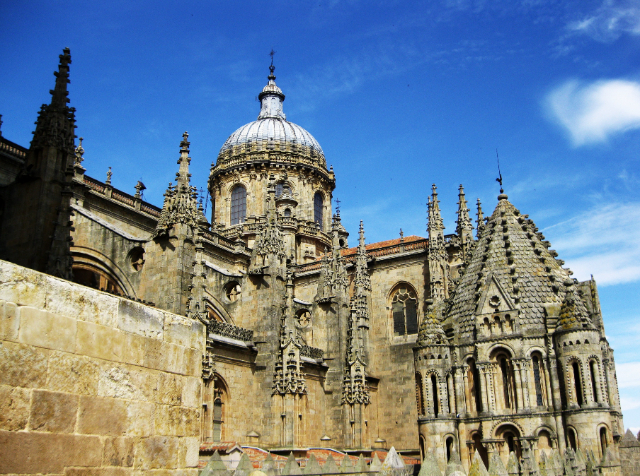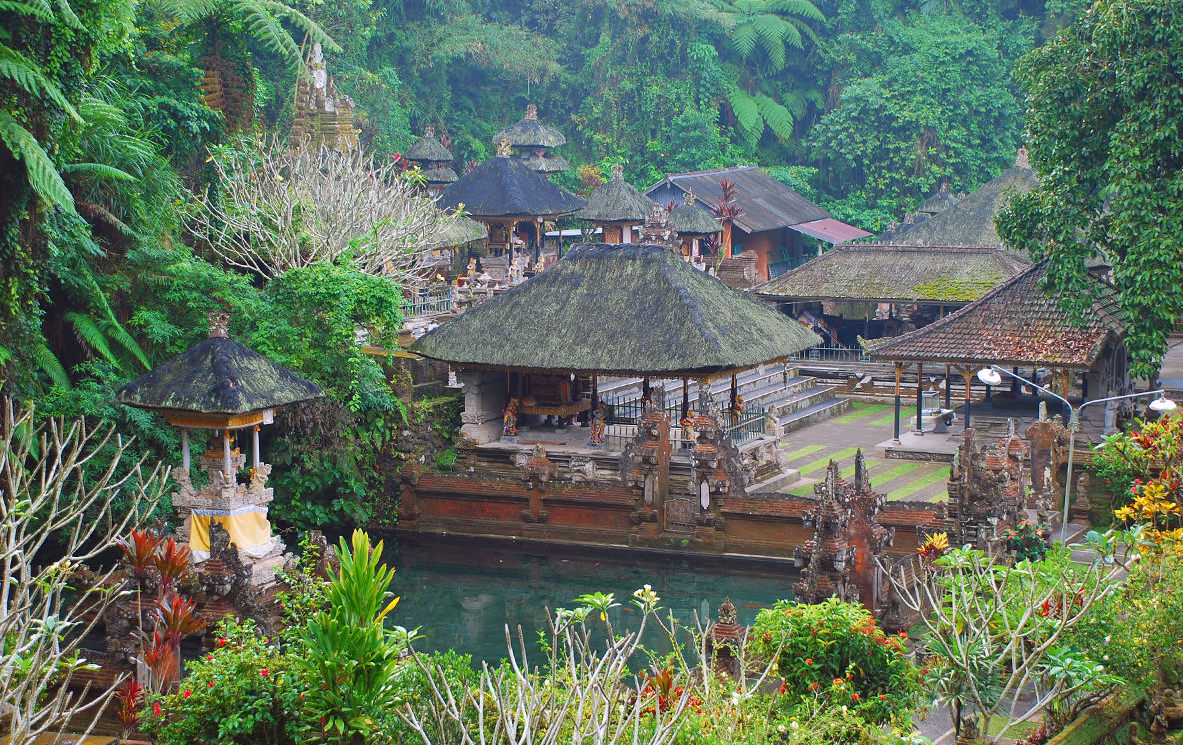Immersed in the countryside, in what was once a sacred forest (Lucus in Latin), there is a church that has been restored several times, but is still a splendid example of Romanesque architecture. The beautiful Romanesque church of Santa Maria del Lago is certainly the most important monument of Moscufo and its pride and joy. The church, formerly called so because of the proximity of the forest (Lucus) was a Benedictine abbey, as evidenced by the side openings in the shape of an ogive towards the cloister. The facade, extremely bare and simple, introduces to an elegant and sober interior, with elegant frescoes of the 12th century, unfortunately partially faded by time and by the overlapping of other paintings. But the real masterpiece of the church is the polychrome ambo, by master Nicodemo da Guardiagrele, a beautiful example of Romanesque sculpture. Carved in relief on the ambo there are Old Testament stories (among them: David facing the bear, Jonah swallowed by the fish, Jonah rejected by the fish); stories of saints (St. George killing the dragon); allegorical figures; fantastic animals; deformed human figures like telamons. The symbols of the Tetramorph are sculpted in larger dimensions and in much more accentuated relief. The work is also signed and dated (1159). The large traces of polychromy still visible make this very valuable monument – among the largest in Abruzzo, but undoubtedly of national importance – a rare evidence of the use of painting sculptures, once very widespread but now hardly visible due to the degradation of color. The same church still houses a valuable Madonna and Child of 1490, attributed to Andrea de Litio, the greatest Abruzzo painter of his time.
